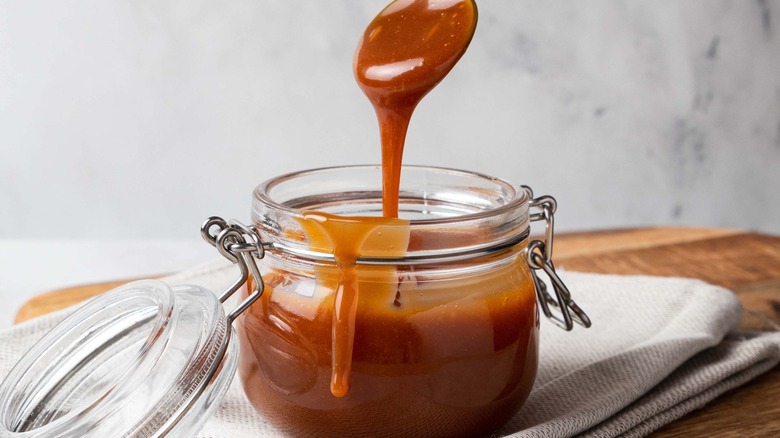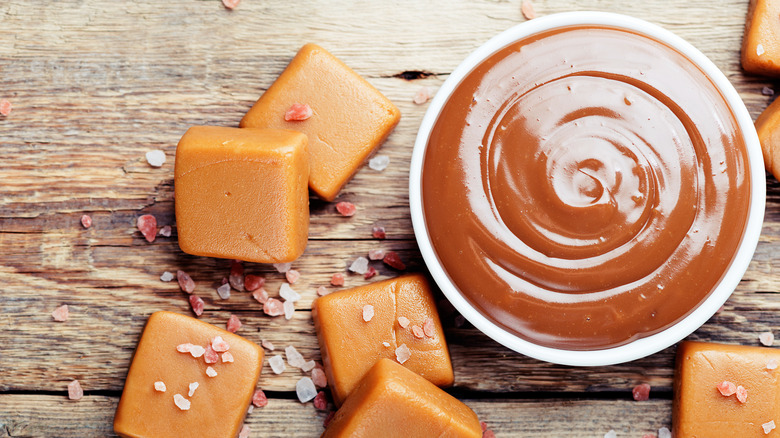Is There A Difference Between Caramel And Butterscotch?
Caramel and butterscotch: Both are sweet, indulgent treats, but are they the same thing? While these two terms are often used interchangeably, there are some distinct differences between the two that set them apart.
At its simplest, caramel is made by heating white granulated sugar until it melts and turns a deep amber color. Cream, butter, and sometimes vanilla are often added to the mixture, resulting in a smooth, creamy texture that is often used as an ingredient in dessert recipes or as a flavoring in candies and sauces. Butterscotch, on the other hand, is made by combining brown sugar, butter, and cream and cooking the mixture until it reaches a specific temperature. Unlike caramel, butterscotch has a more pronounced buttery flavor and a slightly softer texture. It is commonly used as a topping for ice cream or as a flavoring in desserts like cakes and cookies.
So, while they are similar in many ways, they have distinct differences that set them apart. The main difference is in the primary ingredient used to make them, as caramel is made with white sugar, and butterscotch is made with brown sugar.
What other uses do caramel and butterscotch have?
Moreover, both caramel and butterscotch have cultural associations beyond their culinary differences. Caramel is often associated with indulgence and comfort, while butterscotch has a more nostalgic, homemade feel. These associations have been leveraged by marketers to promote a variety of products, from luxury chocolates to flavored coffee.
Apart from their culinary uses, these sweet treats also have applications in other industries, such as cosmetics and fragrances. Caramel is commonly used in cosmetic products, where it provides a warm, golden hue to the product. It is also a popular scent in fragrances, where it adds a sweet, gourmand note to the perfume. Some fragrances even feature caramel notes, such as Live by Jennifer Lopez and Thierry Mugler's Angel.
Butterscotch, on the other hand, is less commonly used in cosmetics and fragrances but has a unique application in the world of tobacco and is commonly used in some pipe tobaccos, where it adds a rich, creamy note to the smoke.

